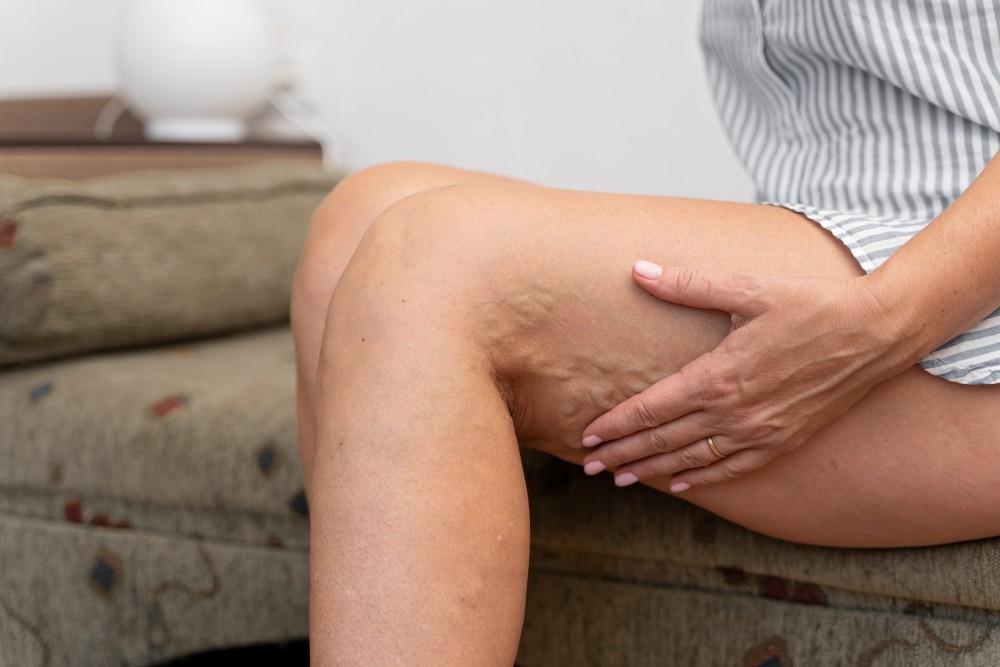Peripheral vascular disease (PVD) is a progressive blood circulation disorder that causes your blood vessels to become narrow or blocked, particularly in your legs and feet. A common complication of PVD is the development of painful leg ulcers. However, proper management can effectively treat and even prevent these ulcers.
Here at Eastside Podiatry PLLC, in St. Clair Shores, Michigan, Dr. Hatim Burhani, Dr. Siraj Panchbhaiya, and our team provide high-quality podiatry care for people with PVD leg ulcers, using an integrative approach that minimizes the need for more invasive treatment methods.
Read on as we explain how you can prevent PVD ulcers, and learn why expert treatment is so important.
The link between leg ulcers and vascular disease
A combination of factors can give rise to a leg ulcer. However, vascular disease is one of the most common underlying causes of these open, slow-healing sores. Up to 5% of people with vascular disease develop leg ulcers.
PVD can cause different types of ulcers. The most common include:
- Arterial ulcers
- Venous ulcers
- Neurotrophic ulcers
- Lymphatic ulcers
- Malignant ulcers
- Infectious ulcers
Symptoms of PVD leg ulcers
PVD leg ulcers typically form around the ankles, heels, feet, and toes, but they can develop in any area of the lower leg. The most identifiable sign of a PVD leg ulcer is an open red, black or yellow sore. Other symptoms include:
- An open wound that doesn’t heal
- Pain in your lower leg, ankle, or foot
- Tight or itchy skin around the ulcer
- Pale skin when your leg is elevated
Treatment for PVD leg ulcers
Treatment for PVD leg ulcers focuses on pain management and aiding the quick healing of the wound to prevent complications. Treatment typically includes cleaning the open sore, removing dead tissue, and dressing the wound.
We administer antibacterial medicine if we suspect you have an infection. In severe cases, we may recommend surgery to restore blood circulation to your legs. In every case, treating the underlying cause of your leg ulcer is crucial to preventing its reoccurrence.
How to prevent PVD leg ulcers
People with PVD or who are susceptible to developing it can prevent leg ulcers from forming by making healthy lifestyle modifications. A common risk factor for the development of PVD is smoking. If you smoke cigarettes, quitting can substantially lower your risk of developing PVD and complications like leg ulcers.
Other measures you can take to prevent PVD leg ulcers include:
- Maintaining a healthy body weight
- Exercising regularly to improve circulation to your feet
- Eating a balanced and nutritious diet
- Wearing supportive shoes that fit properly
- Taking extra care of your feet, especially when they’re injured
- Examining your legs and feet daily for signs of a sore or injury

